Discovering Spain: Journey with Marina!
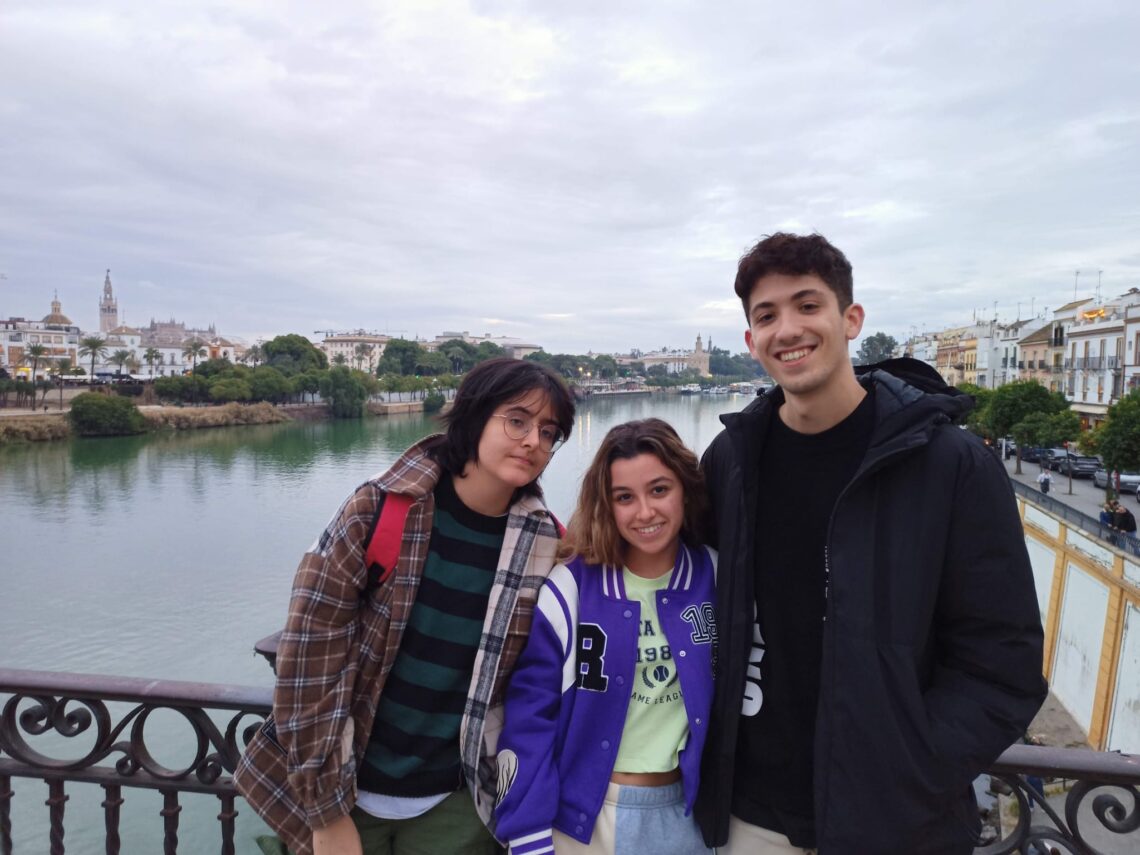
Are you ready to explore with us? We’re back with another captivating article, this time delving into the wonders of Spain. Join us as we embark on a fascinating journey with Marina, a genuine enthusiast of his home country.
Meet Marina!

¡Hola! Soy Marina, una chica de 20 años de España, y actualmente estoy viviendo mi sueño estudiando biología en una universidad de Estados Unidos durante este fall semester. Esta es la primera vez que estoy lejos de casa, y déjenme decirles que ¡está siendo una experiencia increíble! Explorar un nuevo país, conocer gente nueva y sumergirme en la cultura estadounidense ha sido emocionante. Estoy realmente disfrutando de mi tiempo aquí. La universidad me está dando la oportunidad de sumergirme en el mundo fascinante de la biología, lo cual me apasiona. Las clases son desafiantes, pero cada día aprendo algo nuevo y emocionante. Lo mejor de todo es la conexión que he establecido con mis amigos. Pasamos mucho tiempo juntos, ya sea en actividades académicas o simplemente divirtiéndonos. La idea de estar lejos de casa inicialmente me asustaba un poco, pero gracias a la amistad y apoyo de mis compañeros, me siento como en casa. Mis días suelen estar llenos de aventuras, desde explorar nuevos lugares hasta sumergirme en eventos universitarios. La experiencia de vivir en Estados Unidos no solo me está enseñando sobre biología, sino también sobre mí misma y sobre la vida en general. Estoy ansiosa por ver qué más me depara este tiempo en la universidad y continuar disfrutando de cada momento.
Hello! I’m Marina, a 20-year-old girl from Spain, and currently, I’m living my dream studying biology at a university in the United States during this fall semester. This is the first time I’m away from home, and let me tell you, it’s been an incredible experience! Exploring a new country, meeting new people, and immersing myself in American culture has been exciting. I’m really enjoying my time here. The university is giving me the opportunity to delve into the fascinating world of biology, which I’m passionate about. The classes are challenging, but every day I learn something new and exciting. The best part is the connection I’ve established with my friends. We spend a lot of time together, whether it’s in academic activities or just having fun. The idea of being far from home initially scared me a bit, but thanks to the friendship and support of my peers, I feel at home. My days are usually filled with adventures, from exploring new places to immersing myself in university events. The experience of living in the United States is not only teaching me about biology but also about myself and life in general. I’m eager to see what else this time at university has in store for me and to continue enjoying every moment.
Marina Giménez Cases – Transfer Student
Before delving deeper into Spain…
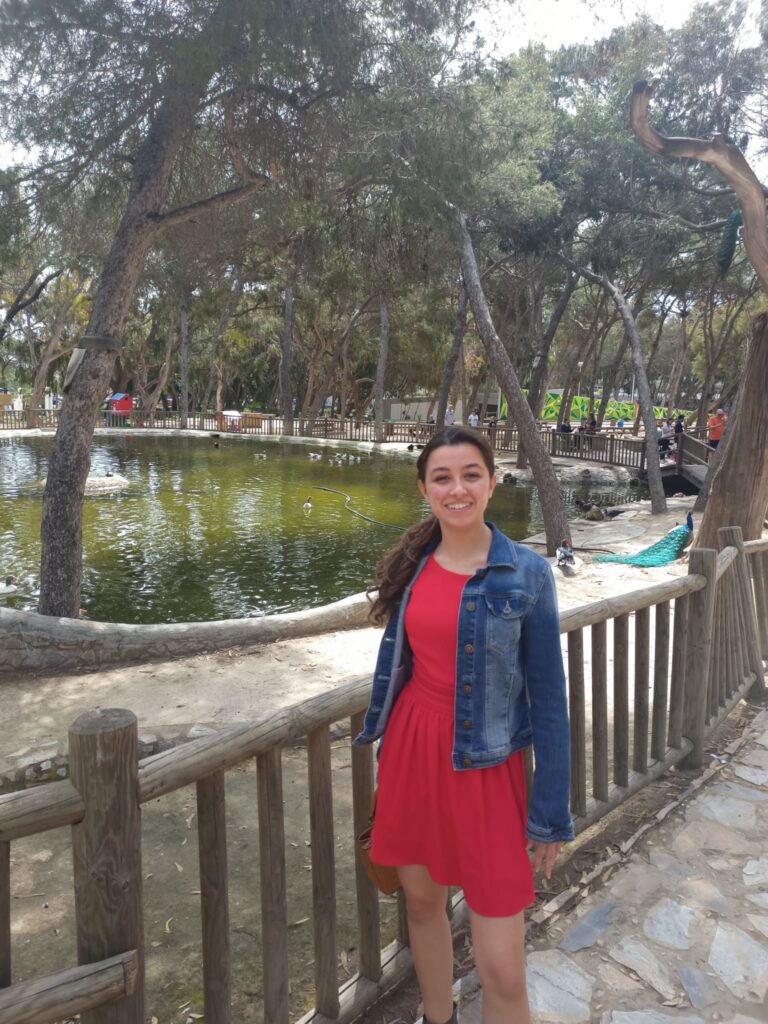
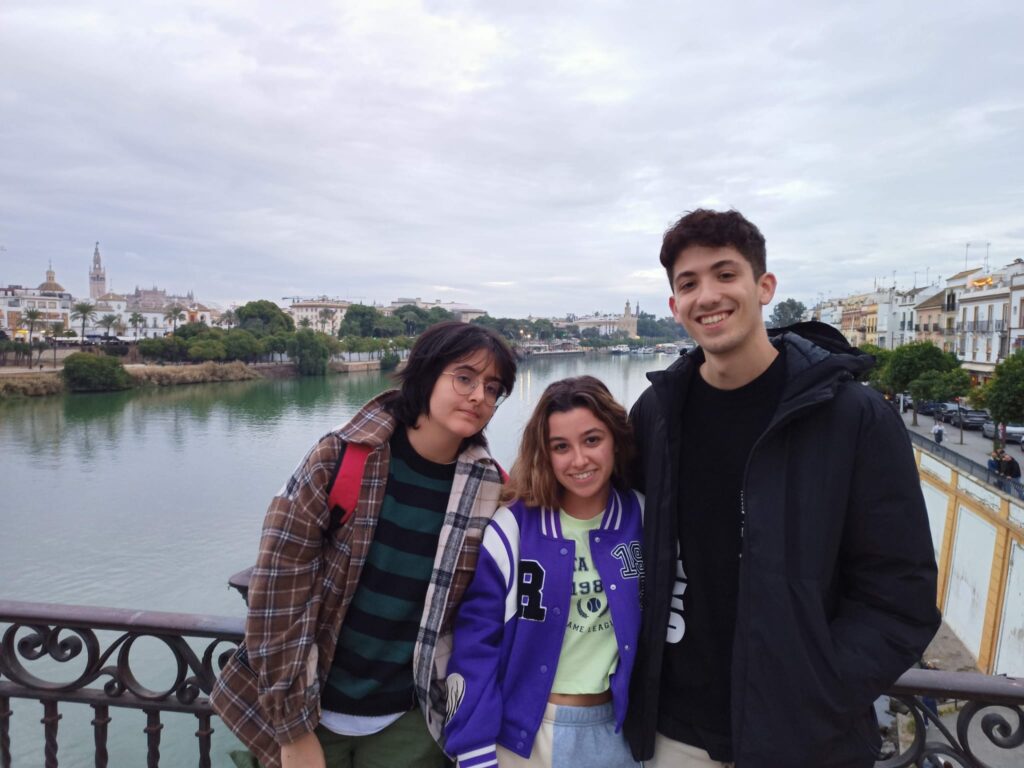
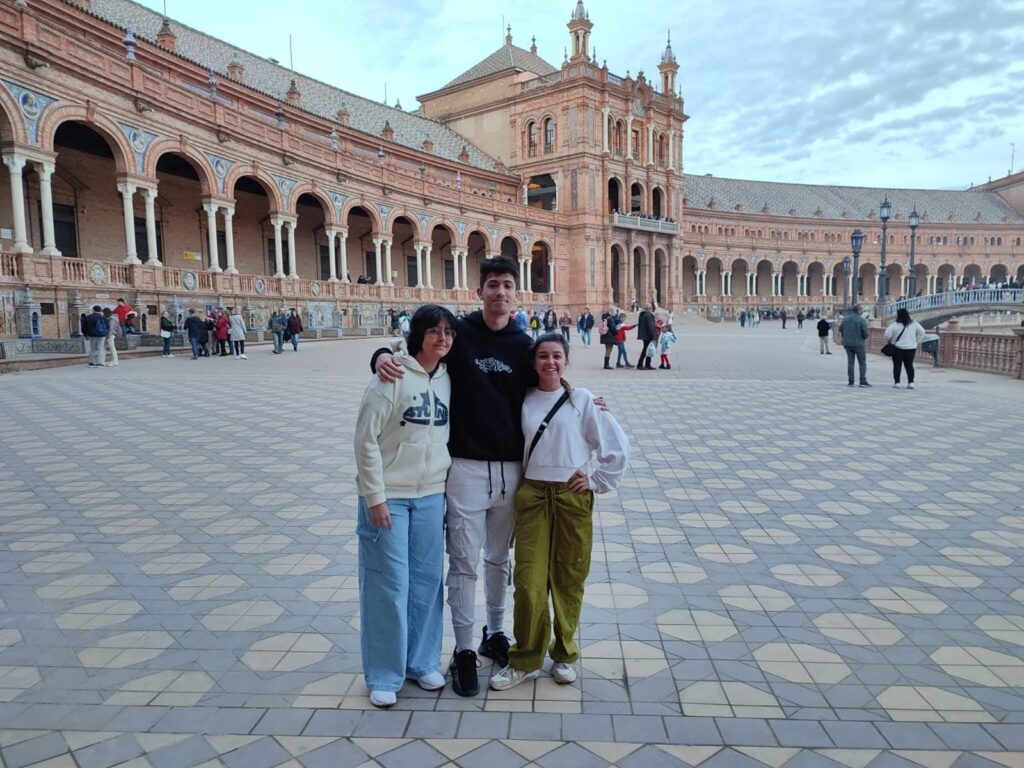

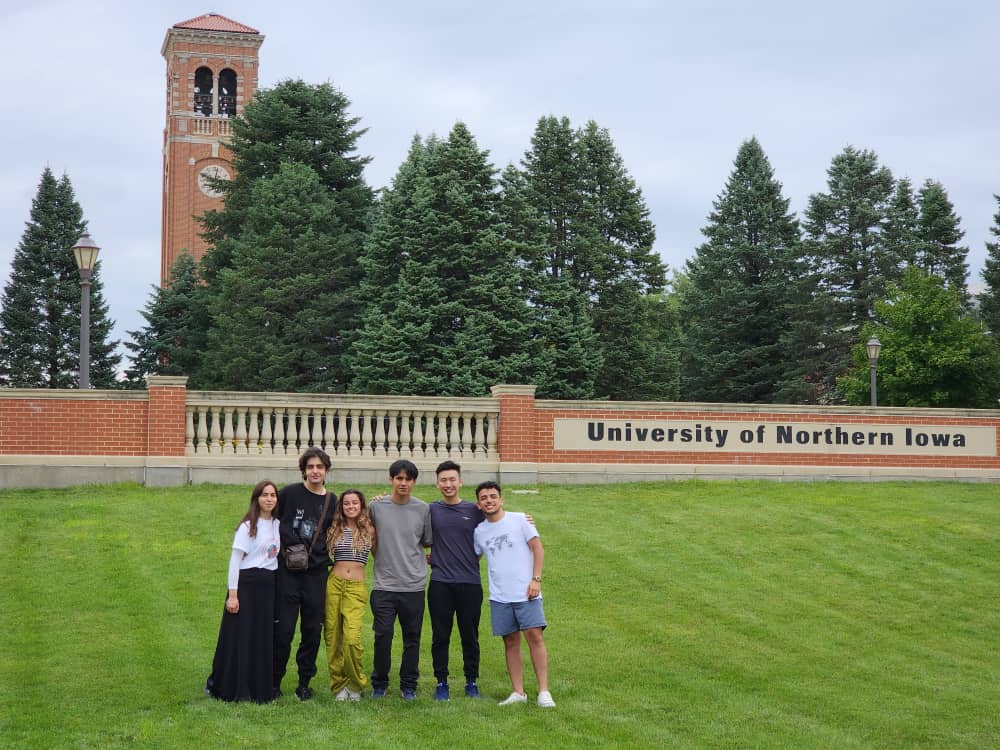
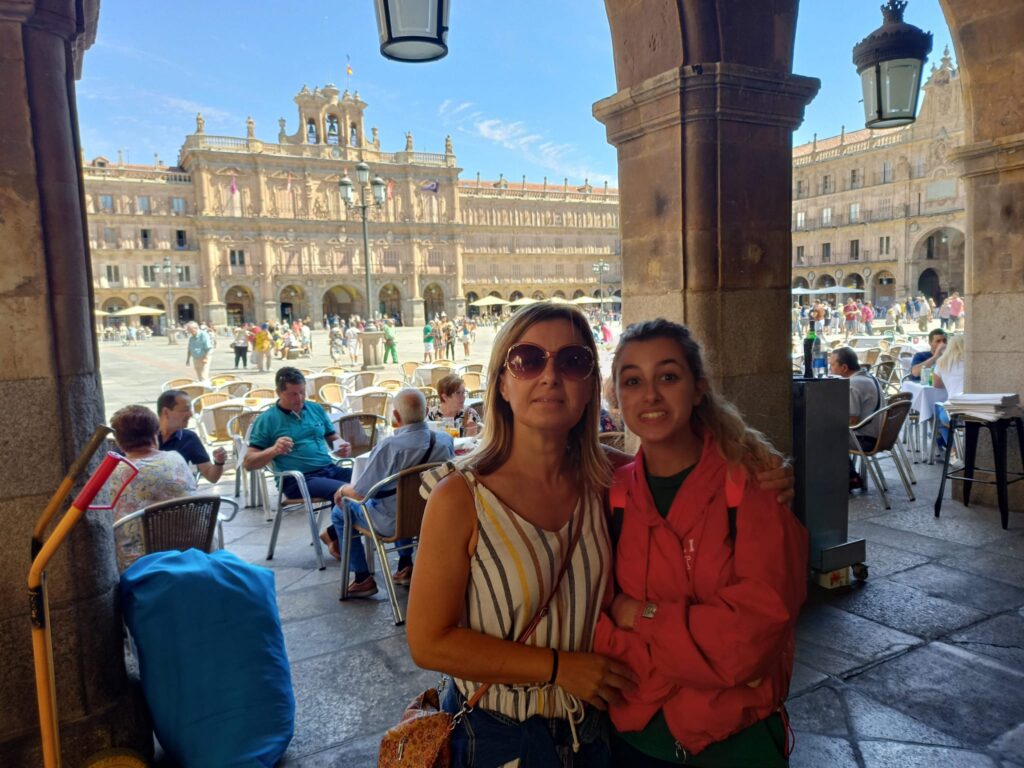
Where is Spain?
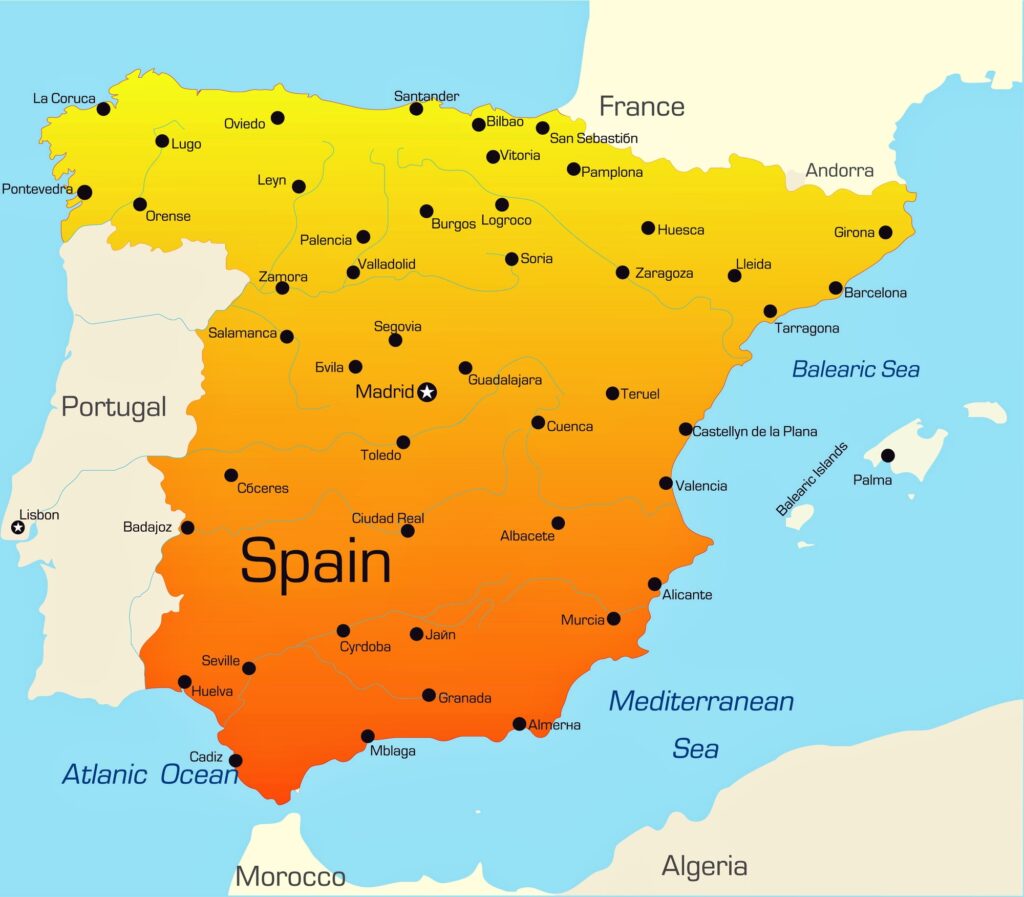
Spain is a country located in southwestern Europe on the Iberian Peninsula. It shares the Iberian Peninsula with Portugal and is bordered by the Atlantic Ocean and the Bay of Biscay to the northwest, the Mediterranean Sea to the east and southeast, and France and Andorra to the northeast. The capital and largest city of Spain is Madrid.
Places to visit in Spain!
Spain is a country rich in history, culture, and diverse landscapes, offering a wide array of destinations for travelers. Here are some notable places to visit in Spain:
Barcelona
Barcelona is a vibrant and culturally rich city located on the northeastern coast of the Iberian Peninsula in Spain. It is the capital and largest city of the Catalonia region
- Explore the unique architecture of Antoni Gaudí, including the Sagrada Familia and Park Güell.
- Walk along La Rambla, visit the historic Gothic Quarter, and enjoy the vibrant atmosphere of the city.
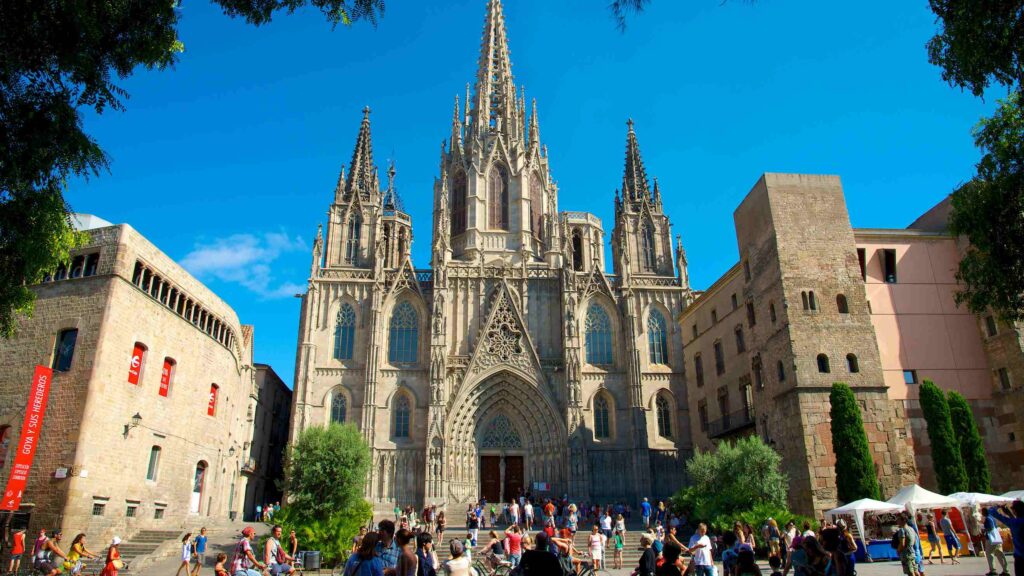
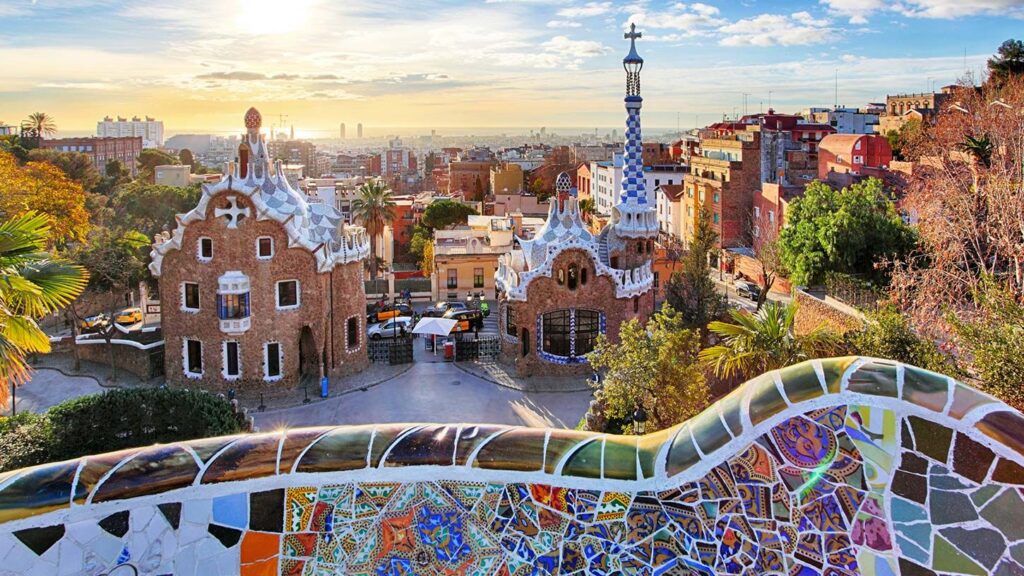
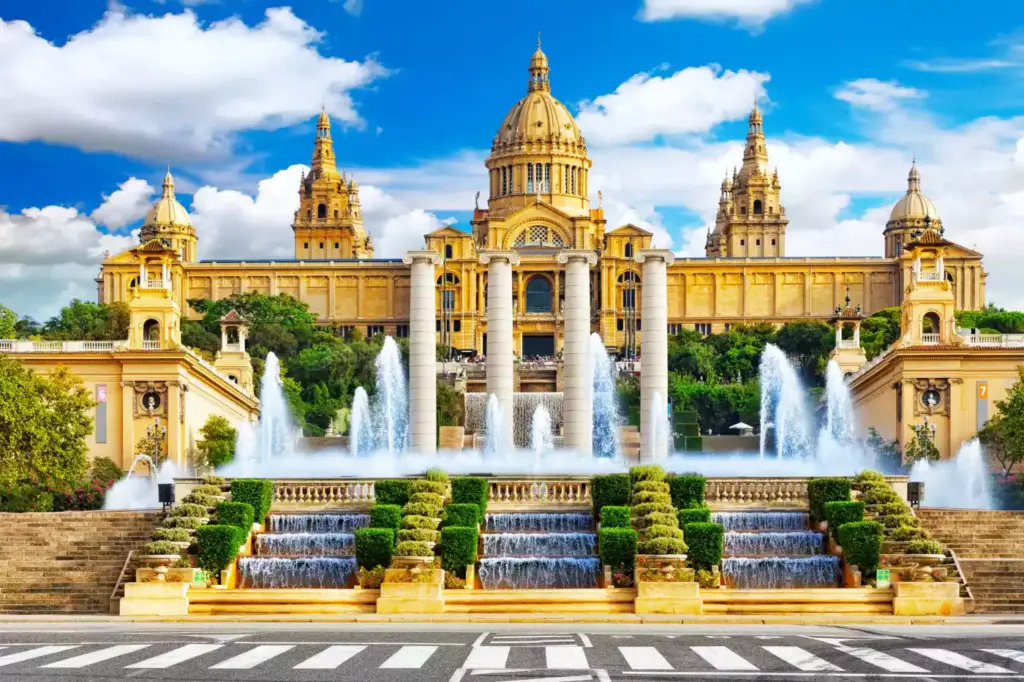
Madrid
Madrid is the capital and largest city of Spain, located in the heart of the country.
- Visit the Prado Museum, Reina Sofia Museum, and Thyssen-Bornemisza Museum for an art-filled experience.
- Explore the historic neighborhoods, like La Latina and Malasaña, and stroll through the Retiro Park.


Seville
Seville, located in the southern part of Spain, is the capital and largest city of the autonomous community of Andalusia. It is known for its rich history, cultural heritage, and vibrant atmosphere.
- Marvel at the intricate architecture of the Alcazar of Seville and the Seville Cathedral.
- Enjoy the lively atmosphere of the Barrio Santa Cruz and experience traditional flamenco performances.

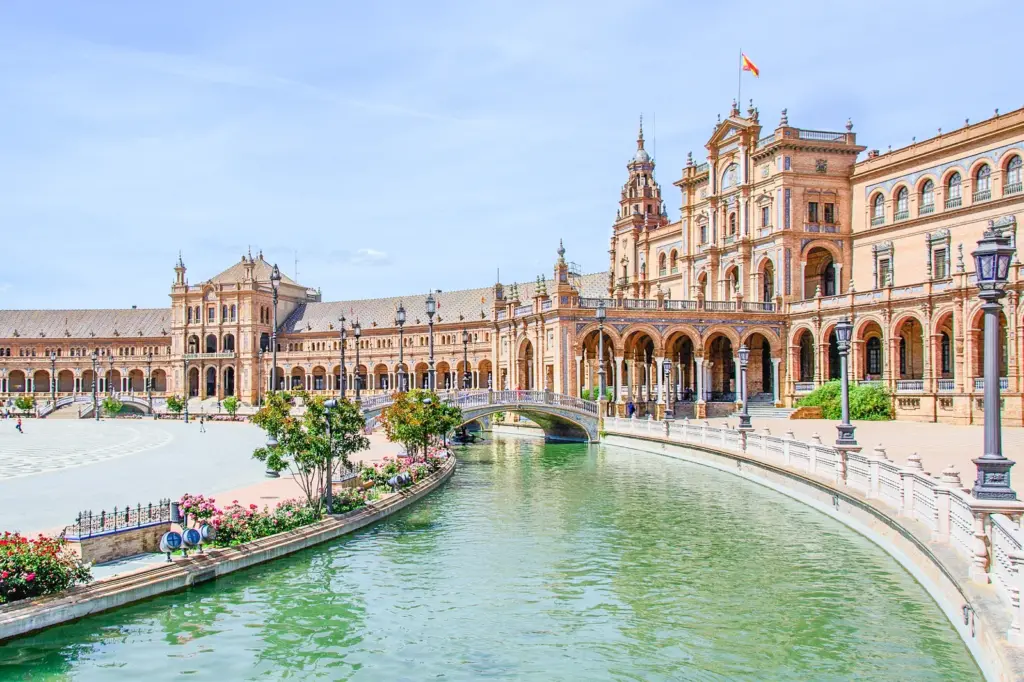
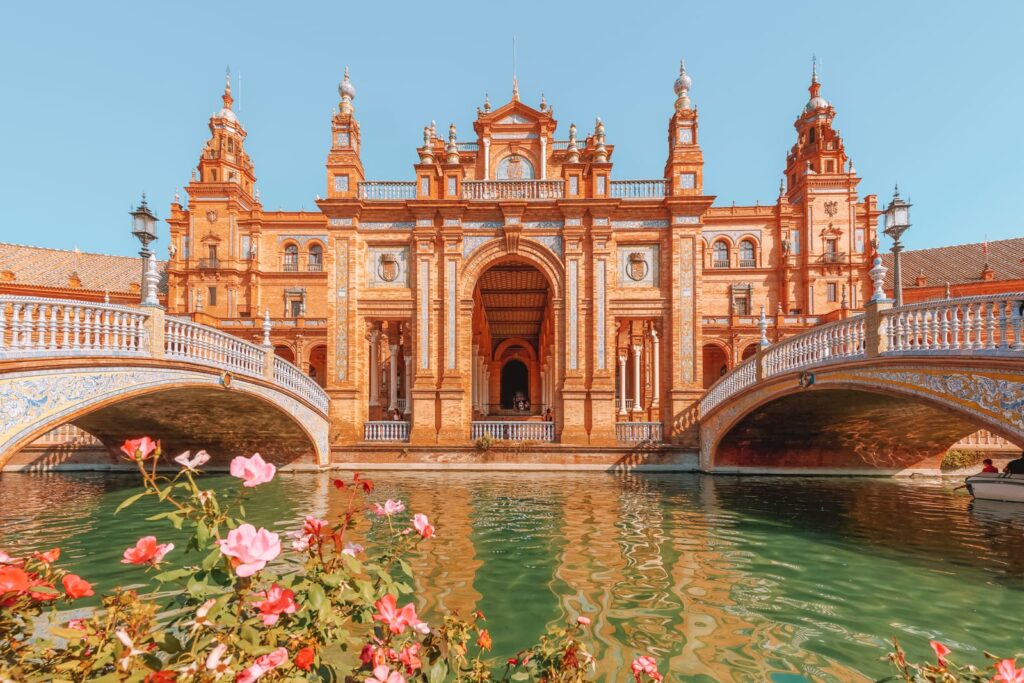
Ibiza
Ibiza is one of the Balearic Islands, which is an archipelago in the Mediterranean Sea. It belongs to Spain and is known for its vibrant nightlife, beautiful beaches, and historical sites.
- Experience the vibrant nightlife, beautiful beaches, and historic sites on this Balearic Island.
- Visit the Dalt Vila (Old Town) and enjoy the picturesque landscapes.
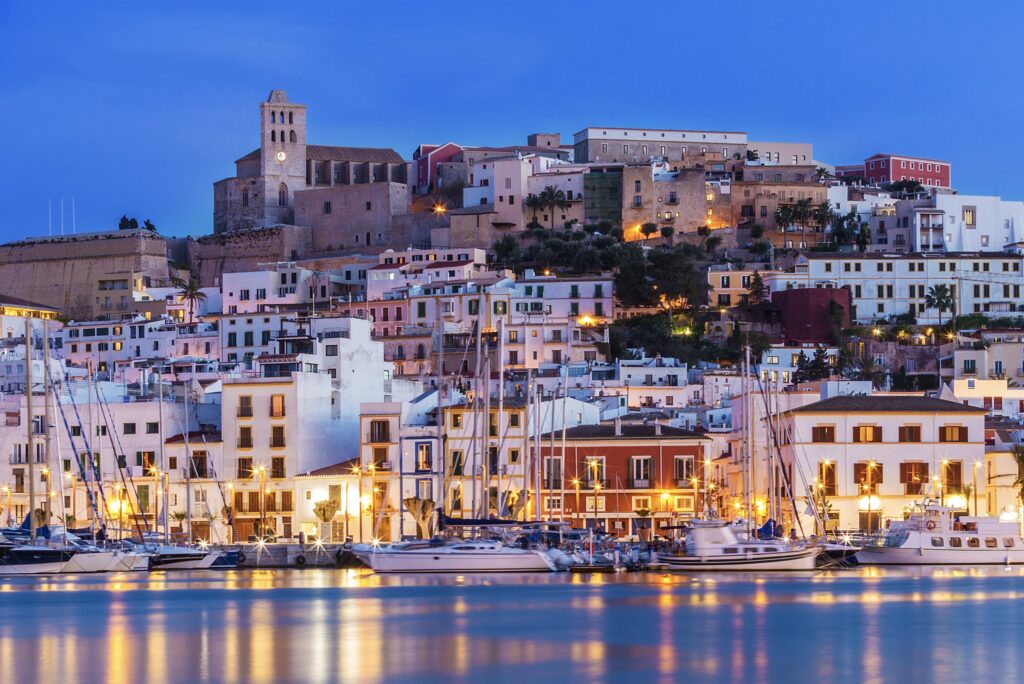

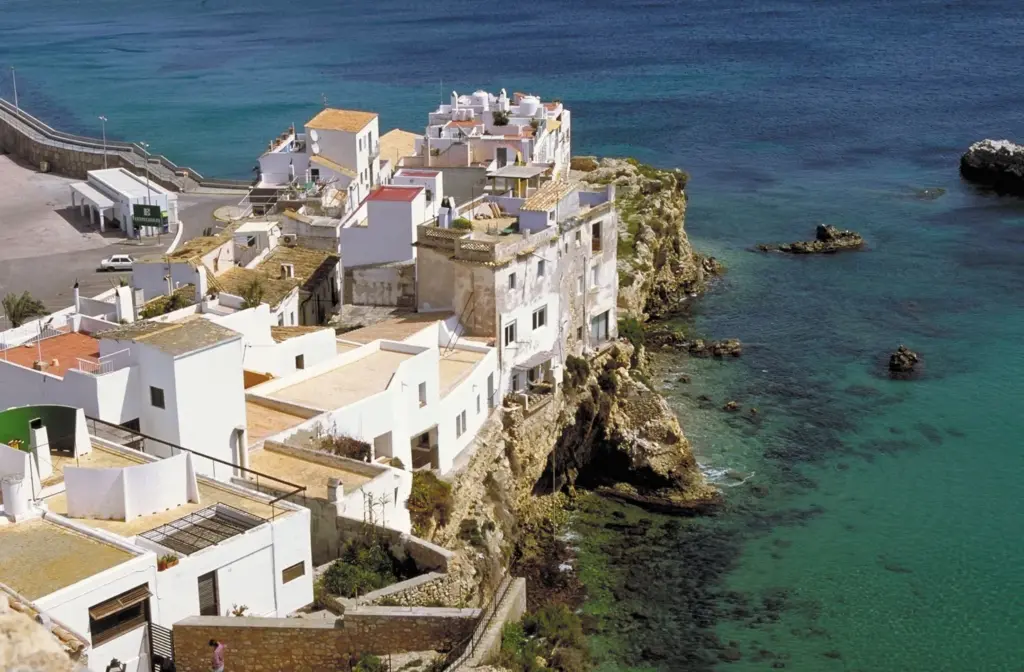
Mallorca
Mallorca, also spelled Majorca, is the largest of the Balearic Islands, an archipelago in the Mediterranean Sea that is part of Spain.
- Relax on the stunning beaches, explore charming villages, and hike in the Tramuntana Mountains.
- Visit the historic Palma Cathedral and Bellver Castle.
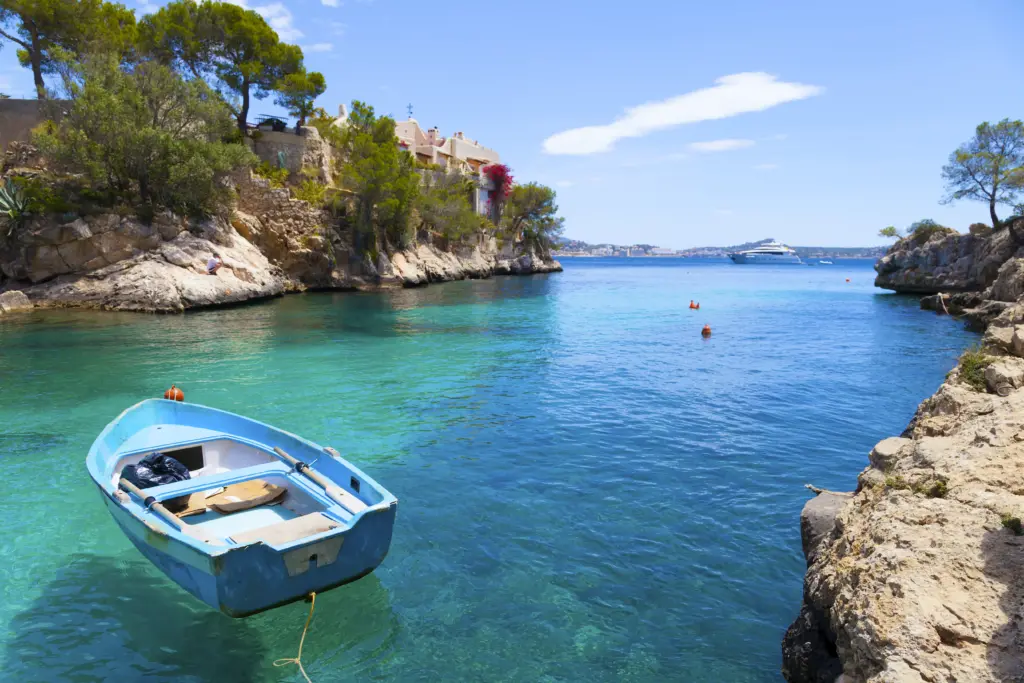
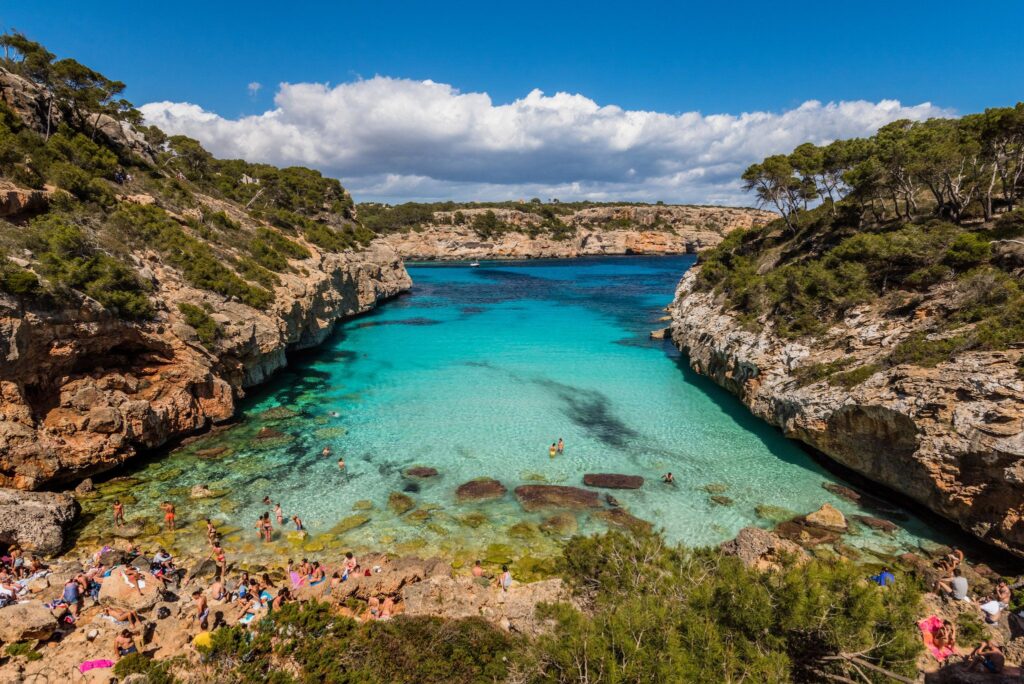
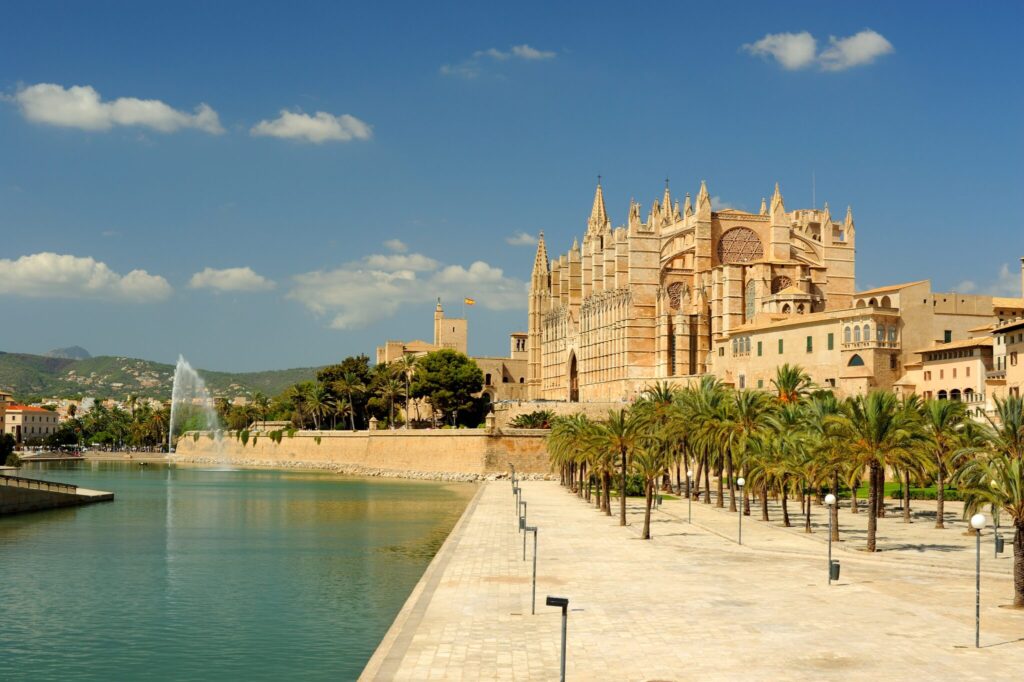
Some of Spain’s traditional food
Paella

A famous Valencian rice dish cooked with saffron and a variety of ingredients, such as seafood, chicken, rabbit, or vegetables.
Tapas
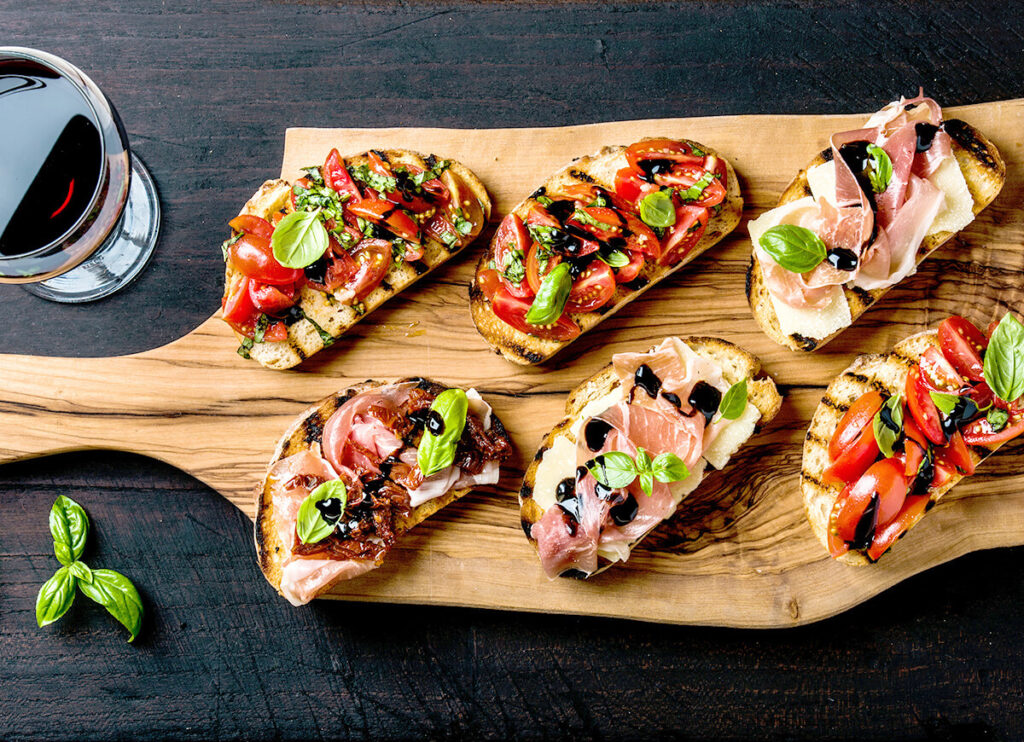
Small, appetizer-sized dishes that can include a wide range of options like patatas bravas (fried potatoes with spicy tomato sauce), gambas al ajillo (garlic shrimp), and albondigas (meatballs).
Churros con Chocolate
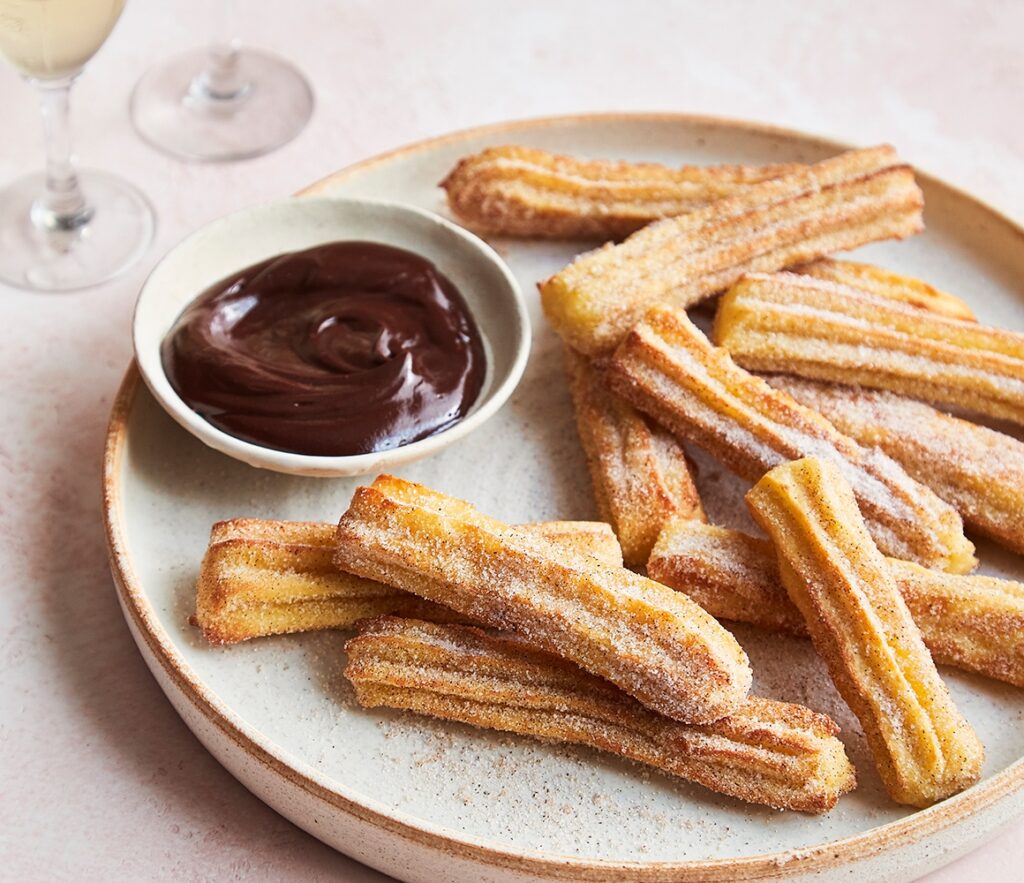 Churros: Churros are a type of fried dough pastry, often enjoyed for breakfast or as a snack. They are made from a simple dough of flour, water, and salt, which is piped through a star-shaped nozzle and then deep-fried until golden brown. The result is a crispy exterior and a soft, doughy interior. Churros are typically dusted with sugar and sometimes cinnamon.
Churros: Churros are a type of fried dough pastry, often enjoyed for breakfast or as a snack. They are made from a simple dough of flour, water, and salt, which is piped through a star-shaped nozzle and then deep-fried until golden brown. The result is a crispy exterior and a soft, doughy interior. Churros are typically dusted with sugar and sometimes cinnamon.
Chocolate: Churros are commonly served with a cup of thick, rich hot chocolate for dipping. This chocolate is not the same as the sweet, sugary chocolate you might find in a candy bar. Spanish hot chocolate is dense and almost pudding-like, making it the perfect companion for the crunchy churros.
Crema Catalana

Crema Catalana is a traditional Catalan dessert that is similar to crème brûlée. It’s a creamy and indulgent custard dessert with a smooth texture and a layer of caramelized sugar on top. Here’s more about this delicious dessert:
Ingredients:
- Milk
- Sugar
- Egg yolks
- Cornstarch or flour
- Lemon or orange zest
- Cinnamon
Traditional Costumes in Spain
Spain has a rich tradition of regional diversity, and this is reflected in the variety of traditional costumes worn in different parts of the country. Here are a few examples of traditional Spanish costumes:
Flamenco Dress (Andalusia):
- Andalusia, especially the region of Seville, is famous for its traditional Flamenco dress. Women wear vibrant, ruffled dresses with layers of fabric and intricate patterns. The dress is often paired with a flower in the hair and a fan.
Traje de Fallera (Valencia):
- The traditional costume worn during the Fallas festival in Valencia is called the “Traje de Fallera.” It includes a white, high-waisted gown adorned with colorful embroidery and silk ribbons. Elaborate headpieces known as “tocado” are also worn.
Chulapo and Chulapa (Madrid):
- In Madrid, the traditional attire is known as “Chulapo” for men and “Chulapa” for women. Chulapos wear a flat-brimmed hat, a waistcoat, a shirt, and trousers, while Chulapas wear a printed dress with a matching apron.
Galician Costume (Galicia):
- In Galicia, traditional costumes for women include colorful skirts, blouses, and headscarves, often complemented by gold jewelry. Men may wear a white shirt, black trousers, and a flat hat.
Serrana Dress (Andalusia – Sierra Nevada):
- In the Sierra Nevada region of Andalusia, women traditionally wear the “Serrana” dress. This consists of a long, flowing skirt, a short jacket, and a headscarf.
Islas Canarias Costume (Canary Islands):
- Traditional costumes in the Canary Islands are often bright and colorful. Women may wear long, full skirts with matching blouses, and men might wear white shirts with wide-brimmed hats.
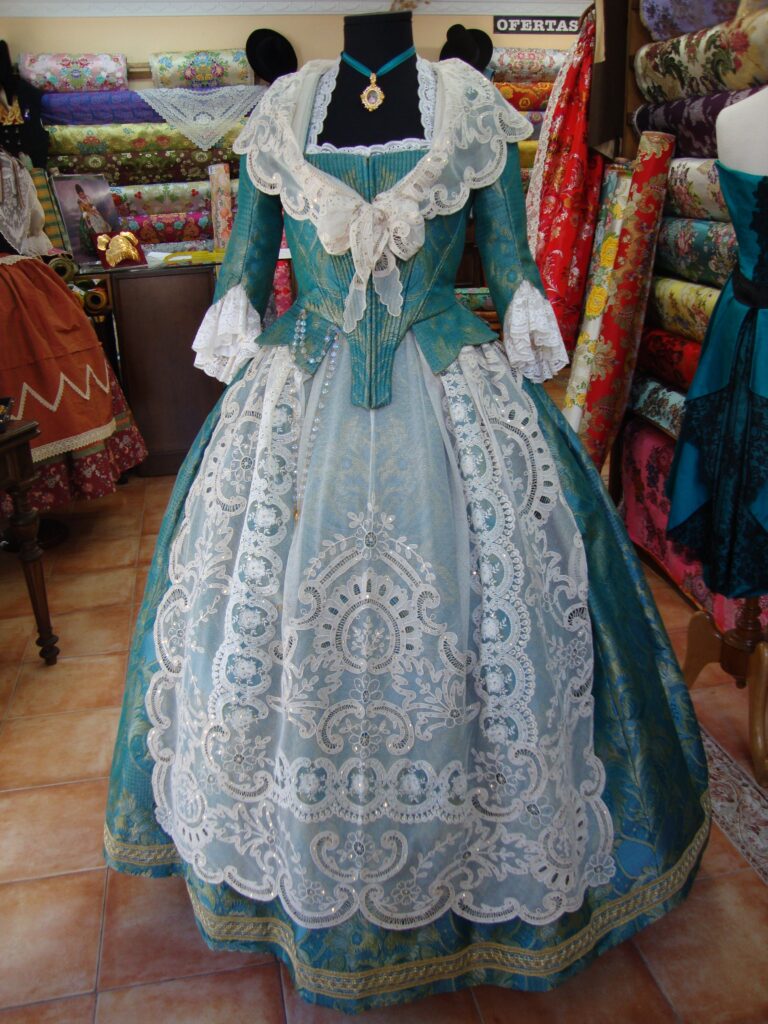
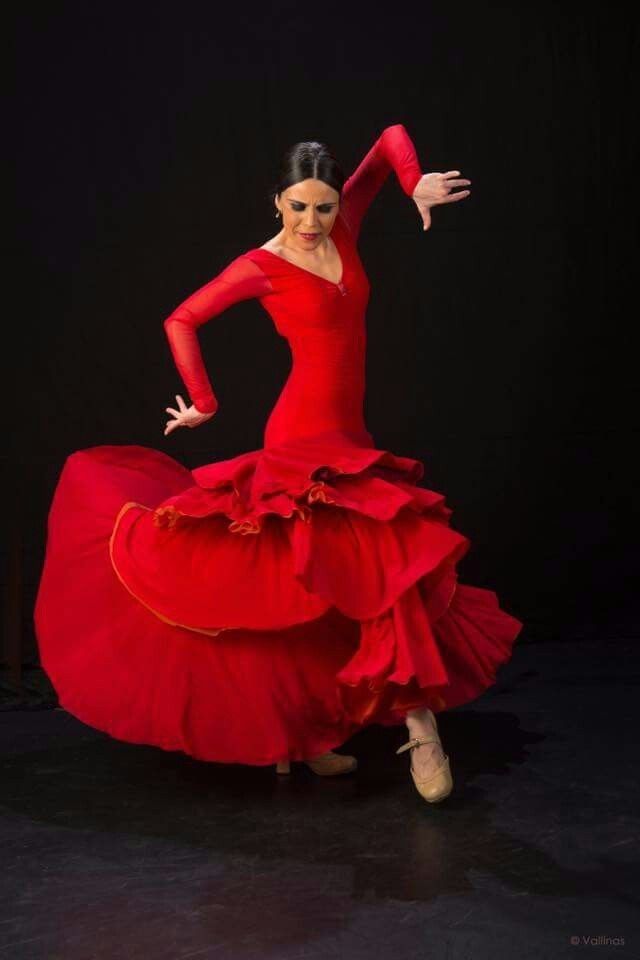
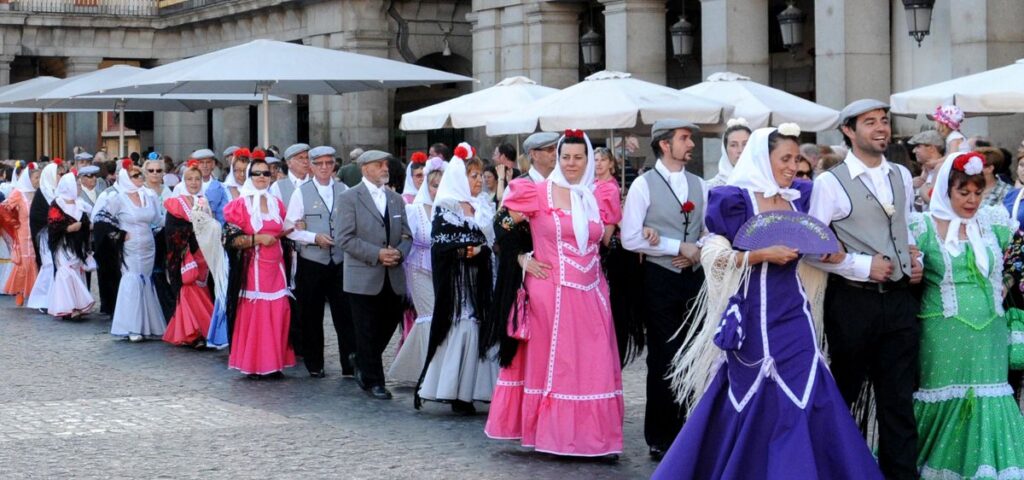
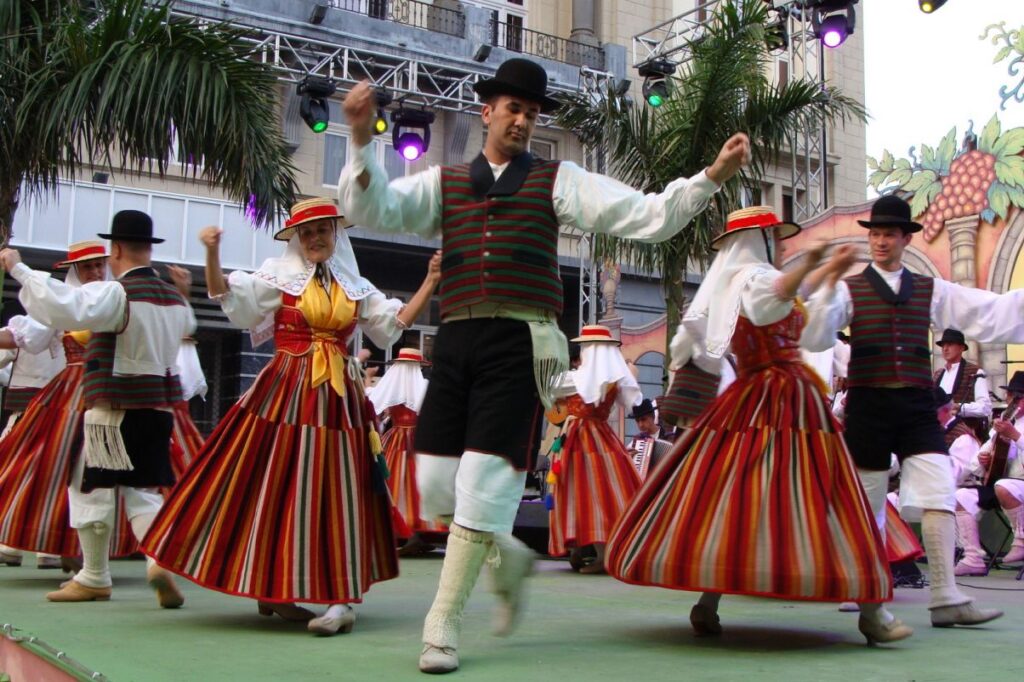
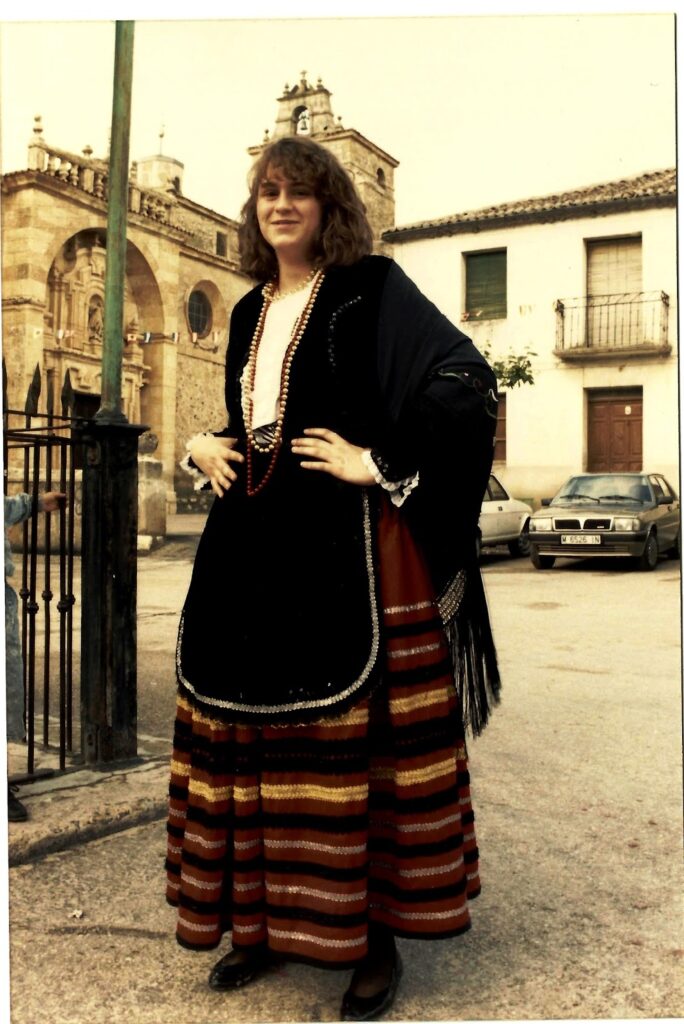
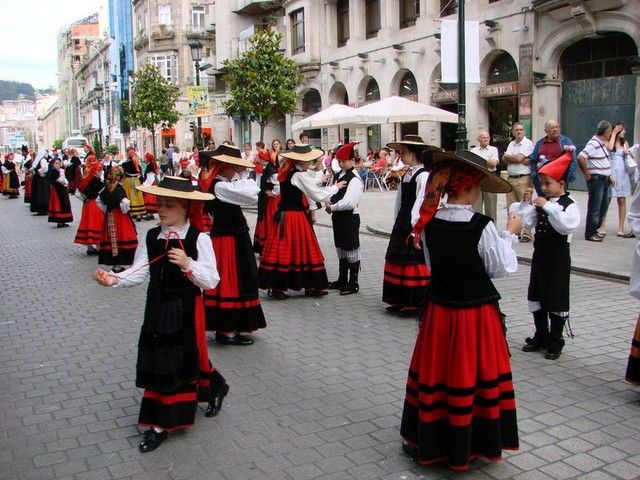
Festivals in Spain
La Mercè (Barcelona):
- La Mercè is the annual festival of Barcelona, celebrated in September. It includes a variety of events, such as processions, concerts, and traditional Catalan activities.
San Isidro (Madrid):
- Celebrated in May, San Isidro is the patron saint festival of Madrid. It features traditional dances, processions, and various cultural events.
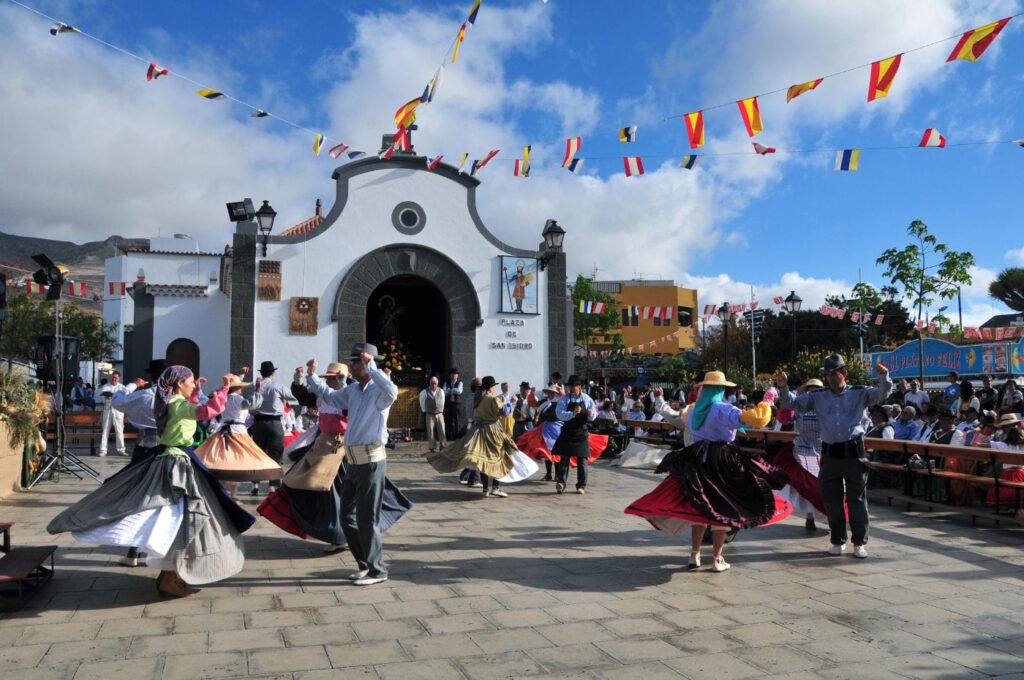
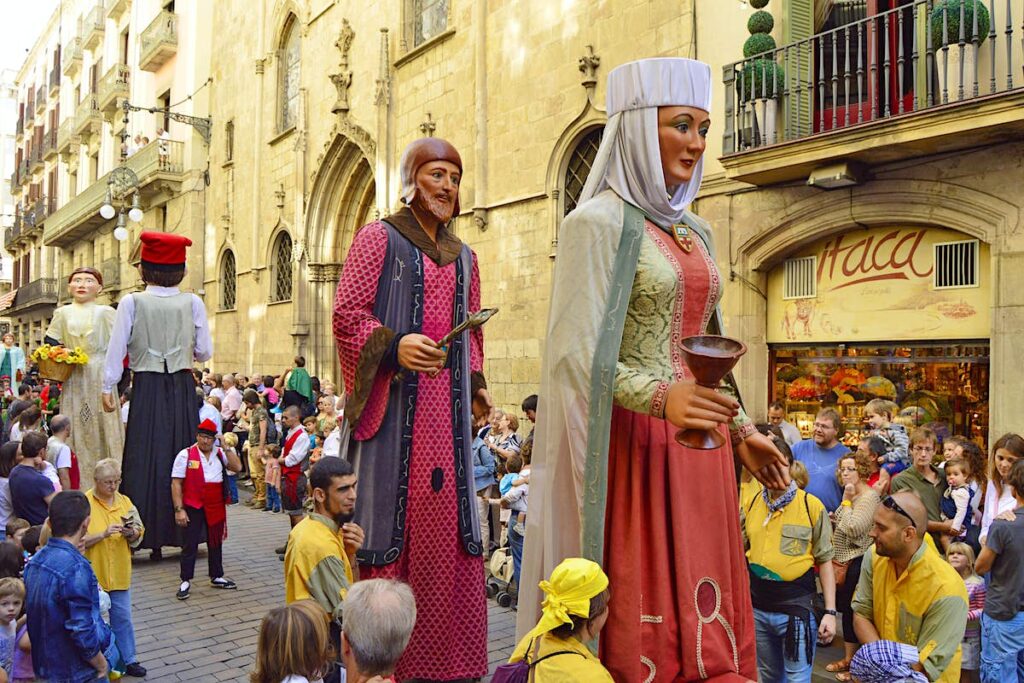
Córdoba Patio Festival (Córdoba):
- The Córdoba Patio Festival, held in May, showcases the beauty of the city’s patios, adorned with colorful flowers. It is part of the May Crosses Festival.
Dia de los Reyes (Three Kings’ Day):
- Celebrated on January 6th, Dia de los Reyes marks the arrival of the Three Wise Men. Parades and festivities take place across the country.
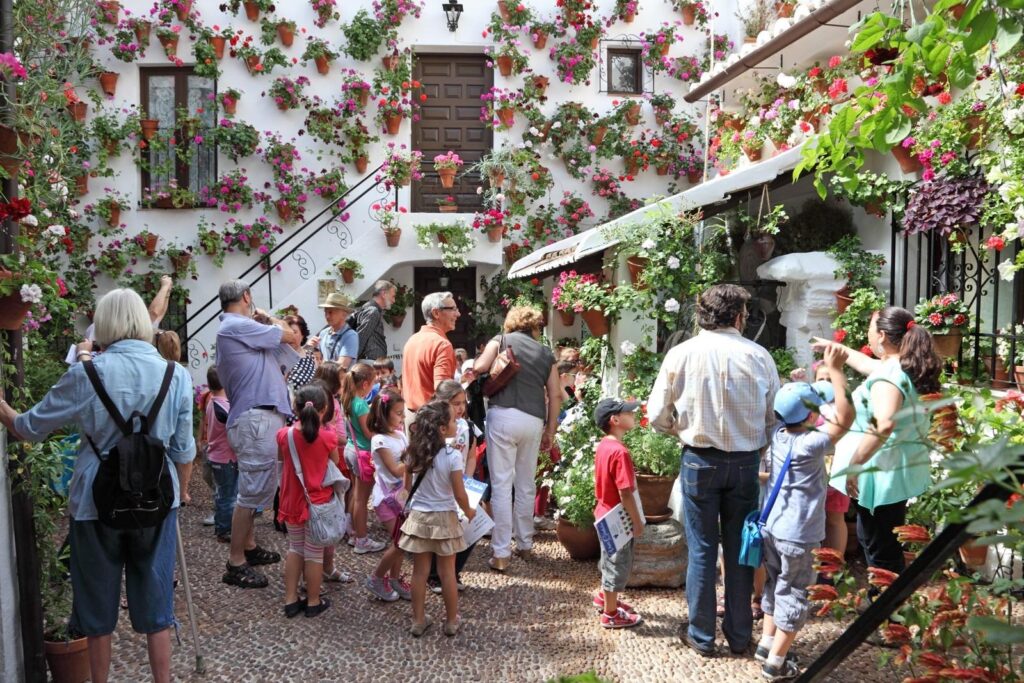
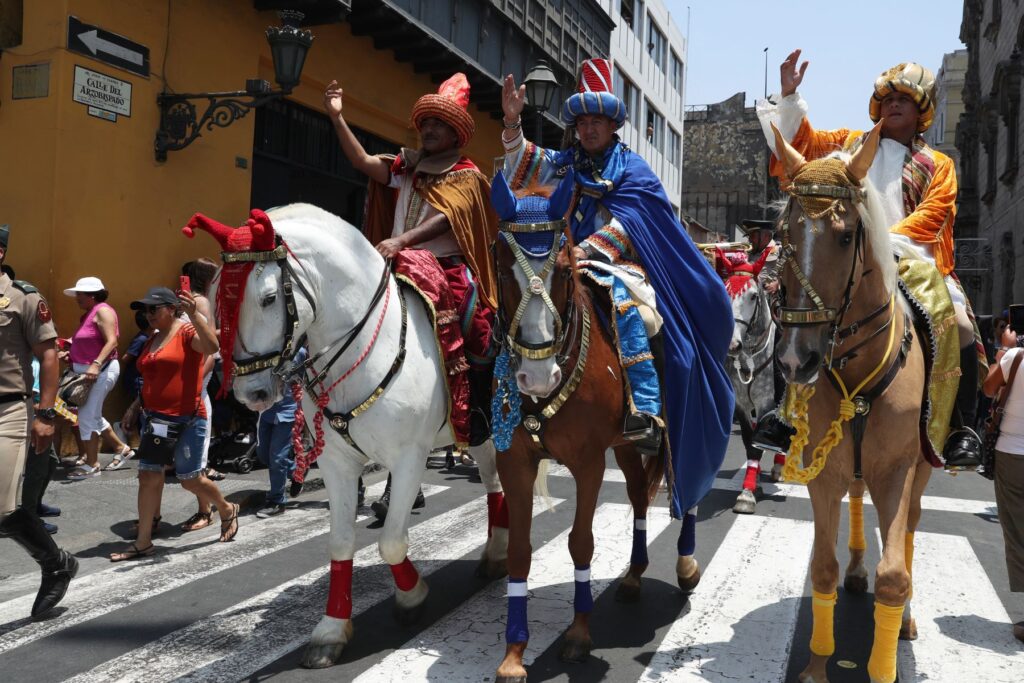
Traditional arts and crafts in Spain
Flamenco Crafts:
- Flamenco, a traditional Spanish art form, has inspired various crafts. Flamenco shawls, fans (abanicos), and castanets (castañuelas) are often intricately crafted and are part of the flamenco dance tradition.
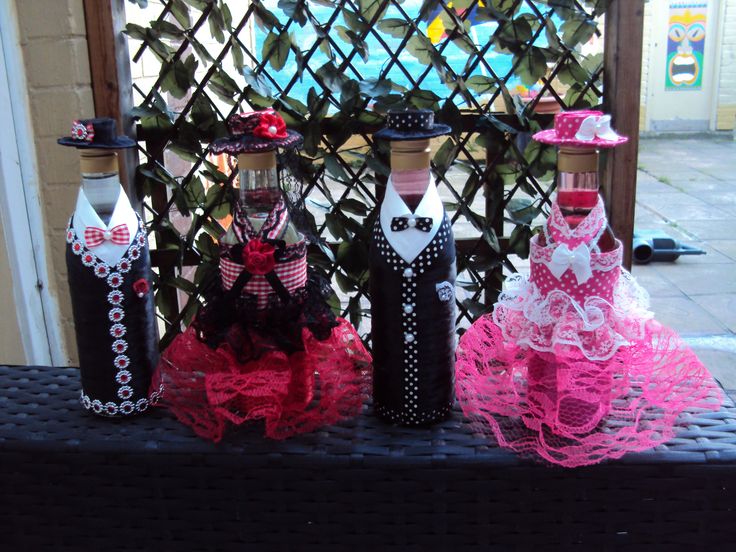
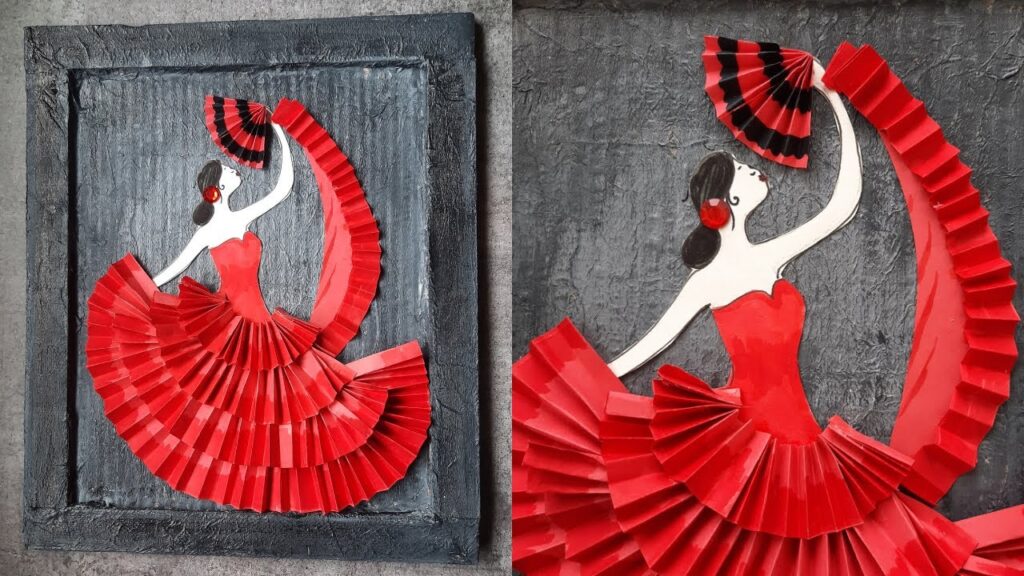
Traditional Embroidery:
- Various regions in Spain have a strong tradition of embroidery. Intricate designs are often found on traditional clothing, including mantillas, shawls, and regional costumes.

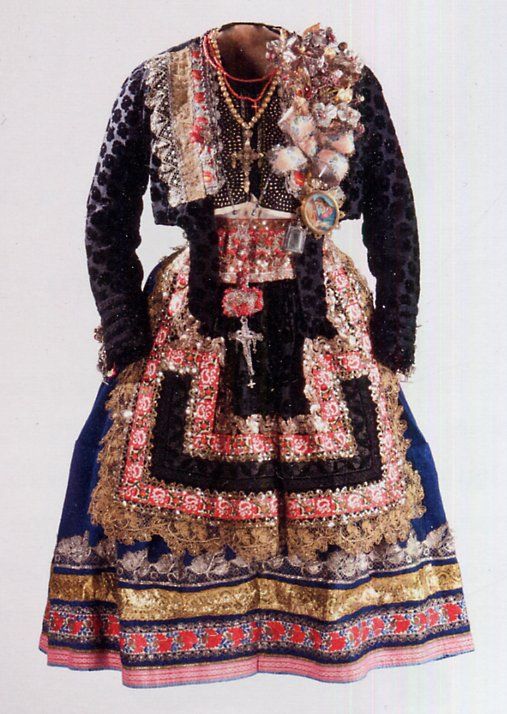
Fun Facts about Spain
Siesta Culture:
- Spain is famous for its siestas, a short nap or break taken in the early afternoon. It’s a tradition in many regions, especially in warmer areas, to escape the heat of the day.
Second-Largest Producer of Wine:
- Spain is the second-largest wine producer in the world, after Italy. The country has a rich wine culture, with various regions known for their unique varieties.
The Invention of the Chupa Chups Lollipop:
- The popular Chupa Chups lollipop was invented by Enric Bernat, a Spaniard, in 1958. The name “Chupa Chups” means “suck, suck” in Spanish.
The World’s Oldest Restaurant:
- Sobrino de Botín, located in Madrid, holds the Guinness World Record for the world’s oldest restaurant. It has been operating since 1725.
Tomato Fight:
- La Tomatina, an annual festival in Buñol, Valencia, involves a massive tomato fight. Thousands of people participate in throwing overripe tomatoes at each other in the streets.
Diverse Languages:
- Spain has several official languages in addition to Spanish. Catalan, Galician, and Basque are recognized as co-official languages in their respective regions.
World’s Largest Olive Oil Producer:
- Spain is the world’s largest producer of olive oil. Olive trees are a significant part of the country’s agriculture, especially in regions like Andalusia.
The “Matter of Spain”:
- In Spanish, the phrase “El asunto de España” (The Matter of Spain) was historically used to refer to complex or confusing matters. It gained prominence during international negotiations in the 17th century.
If you want to learn more about Nepal check here!
All Service-Learning Articles by Month
- November 2023 (11)
- October 2023 (9)
- September 2023 (5)
